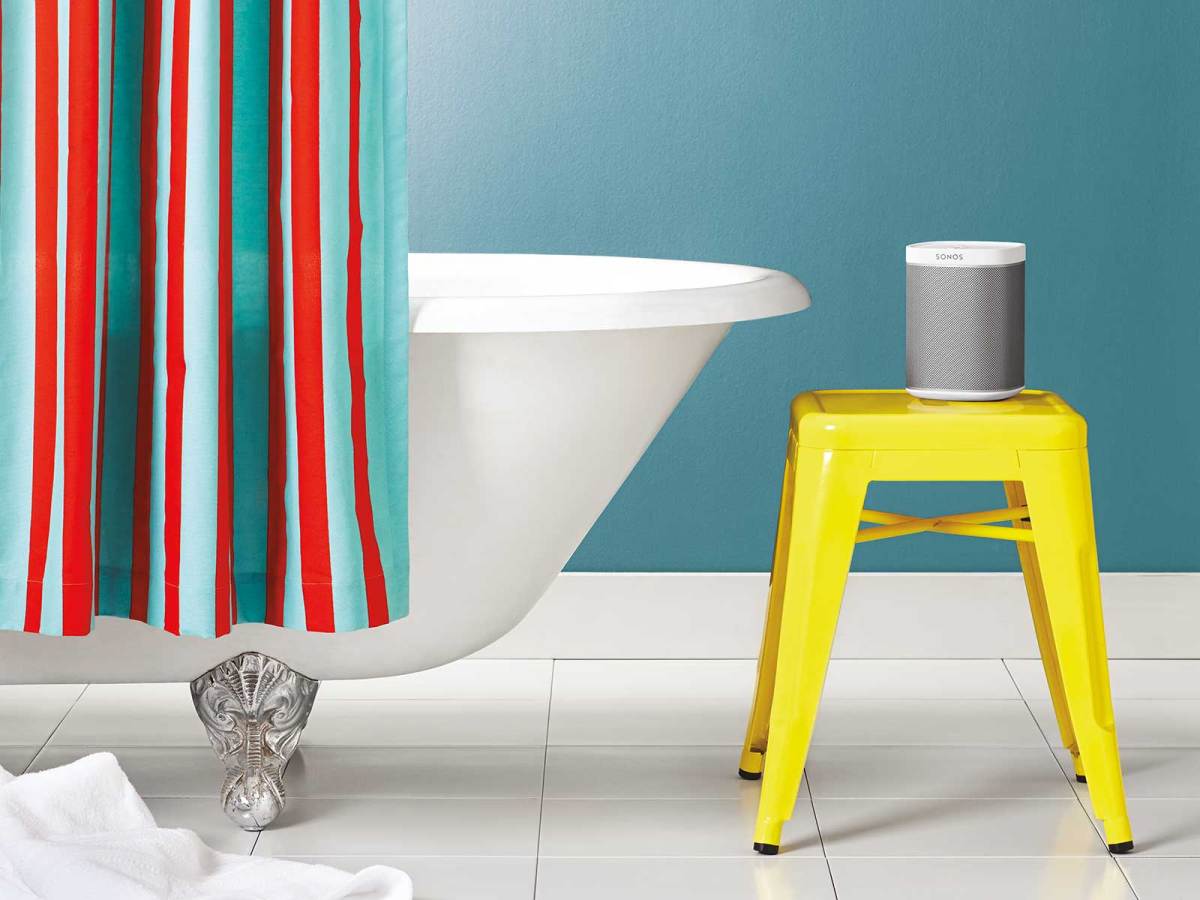Multiroom wireless speakers have become all the rage through 2014. This speaker systems, which run off the home’s Wi-Fi network, for superior sound quality to Bluetooth, can playback personal music collections, music streaming services, internet radio and podcasts. It wasn’t so long ago that Sonos had a near-monopoly on this market but all that has changed with so many new entrants to the market over the past 24 months.
The appeal of the multiroom system is that the user has the power to choose what music plays where in the house. You can have the same song playing in stereo throughout the home or different tracks in different rooms, depending on personal choice. Adding to this choice and flexibility is the number of speakers available. Most systems comprise bookshelf speakers for bedrooms and smaller spaces, larger desk speakers for the loungeroom and supersized speakers designed for really large spaces and parties. More and more systems now include a soundbar for immersive sound, as well as a hi-fi adaptor to incorporate previously purchased speakers into the Wi-Fi network.
One of the key things to understand about multiroom wireless speaker systems is that, unlike Bluetooth speakers, it’s not a simple matter of playing music directly from your Spotify app or the songs stored permanently on your smartphone. These systems work off bespoke apps downloaded to a users smartphone, tablet and desktop operating system. Once this app is installed, a user then ‘imports’ their third party accounts into the app. Not all services are compatible with all apps, however, so when purchasing a system it is important the user is aware of the breadth of services on offer.
Some of these multiroom wireless systems require an an extra piece of hardware called a bridge in order for the user to listen to different music on different speakers in different rooms of the house. Commonsense seems to dictate that systems that do not require this extra purchase would be better but tastes may vary. The more expensive brands tend not to need a bridge while the more accessible systems often do require one, though this is not a hard and fast rule.
This post is intended to go through the various multiroom wireless systems available in Australia and outline what third party services are compatible. We will endeavour to keep it as up to date as possible. For those consumers looking for a bit of guidance, who may not know the difference between these services or which ones are needed for a good experience, I would opine that to get the most out of wireless multiroom, you need a full service streaming site (Spotify, Deezer, Rdio, Mog, Google’s Play Music, for example) and a curated radio service (Pandora, Aupeo! Personal Radio, Slacker Radio), along with access to the user’s own MP3s, stored on a computer hard drive or NAS (which all provide, though with varying levels of usability). Access to services with podcasts (SoundCloud, Spreaker) is an added bonus.
Bluesound
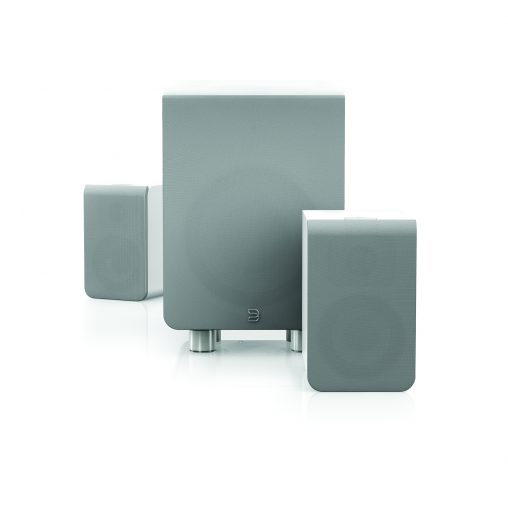
The Bluesound family comprises the Node (RRP $649), Powernode (RRP $999) and Pulse (RRP $999) speakers; the Vault (RRP $1,499) speaker and CD ripper with 1TB hard drive; and the Duo speaker and subwoofer combo (RRP $1,499).
Bluesound compatible services: Spotify, Deezer, Tunein, Rdio, Murfie, Tidal, Juke, Slacker Radio.
Find our more: http://www.bluesound.com/
Bose SoundTouch
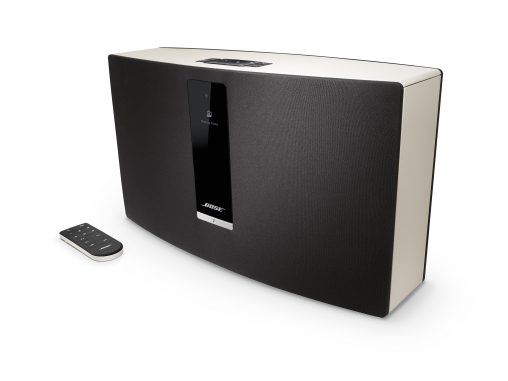
Premium US brand Bose has the SoundTouch Wi-Fi speaker range, which includes the 20 Series II and Portable Series II models for RRP $399 and the powerful 30 Series II for RRP $699.
Bose compatible services: Spotify, Deezer, Pandora.
Find out more: Bose website
Heos by Denon
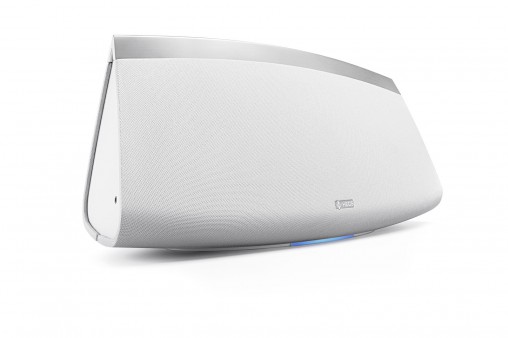
Originally conceived of in Sydney, the Heos by Denon range includes the 3 (RRP $449), 5 (RRP $599) and 7 (RRP $899) speakers, an AMP (RRP $799), the Link to incorporate existing Hi-Fi equipment (RRP $549) and the Extend (RRP $159) for stretch the wireless network in the home.
Heos by Denon compatible services: Spotify, Deezer, Tunein, Pandora.
Find out more: http://heosbydenon.denon.com/au
LG Music Flow
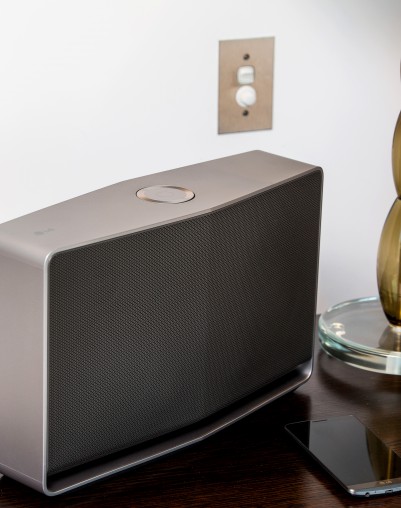
LG Music Flow is one of the most recent entrants but that doesn’t mean there aren’t a lot of options. The Korean powerhouse’s entry to this space includes the H3 (RRP $249), H5 (RRP $399) and H7 (RRP $549) speakers; the HS6 soundbar (RRP $799) and the R1 multiroom bridge (RRP $79).
LG Music Flow compatible services: Spotify, Deezer, Tunein.
Find out more: http://www.lg.com/au/smart-hi-fi-audio
Panasonic All Play
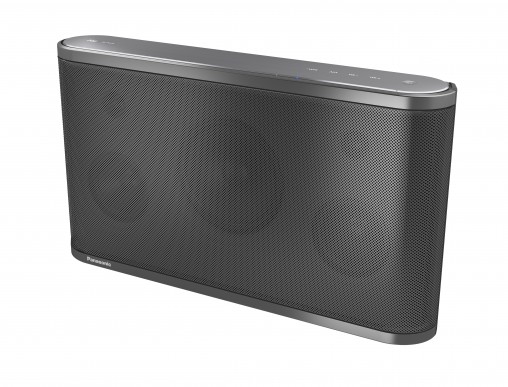
The Japanese company with a rich audio heritage has debuted a wireless speaker range built around Qualcomm’s AllPlay platform. This system allows hardware manufacturers to enter this space without having to develop their own software to support it. You get the manufacturing expertise of Panasonic with the software nous of Qualcomm. All All Play systems will have access to the same region-dependent services. Panasonic system comprises the All 3 (RRP $379) and All 8 (RRP $479) speakers and the All 1 Link (RRP $279) for adding existing stereo equipment.
Panasonic AllPlay compatible services: Spotify, Tunein, Qualcomm AllPlay Radio, Napster, Aupeo! Personal Radio.
Find out more: Panasonic website
Pure Jongo
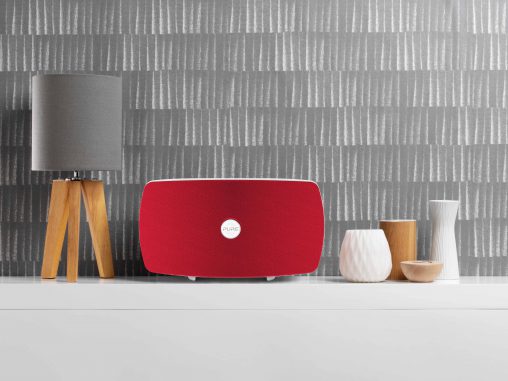
Pure’s Jongo range includes the S3 battery-powered portable speaker (RRP $369); the T2 (RRP $269), T4 (RRP $419) and the T6 (RRP $599) room speakers and the A2 Hi-Fi adaptor (RRP $199).
Pure Jongo compatible services: Pure Connect. (Unlike many other systems featured on this page, Pure Jongo also has Bluetooth built-in, so users can stream other services from their or tablet, but not over Wi-Fi.)
Find our more: Pure Jongo website
PlayLink by Lenco
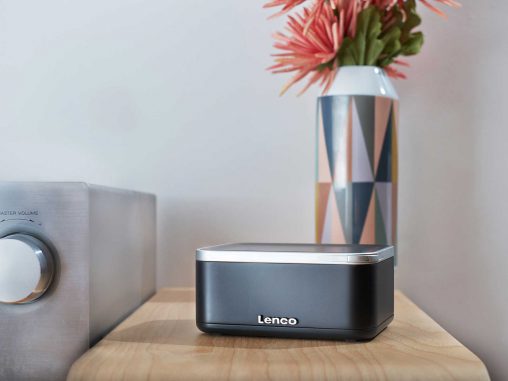
Similar to Panasonic’s offering, PlayLink by Lenco uses the Qualcomm AllPlay platform. The range includes the PlayLink 4 (RRP $359 or $399 with a removable battery included) and the PlayLink 6 speakers (RRP $549), along with the PlayConnect for adding previously purchased Hi-Fi equipment (RRP $249).
PlayLink by Lenco compatible services: Spotify, Aupeo! Personal Radio, Napster, WiMP, Style Jukebox, Qualcomm AllPlay Radio, AstroPlayer, Tidal, Wahwah.
Find out more: http://www.lencoplay.com/ai-en
Samsung Multiroom
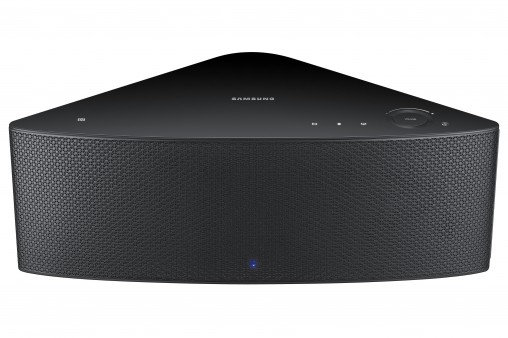
Samsung launched its wedge-shaped wireless multiroom solution with a Flight Facilities concert in Sydney, showing just big the plans are for this range. There are three speakers: M3 (RRP $269) M5 (RRP $399) and M7 (RRP $499), a Series 7 Soundbar (RRP $899), and — this is somewhat unique in this market — a Series 7 Home Theatre System (RRP $1,099).
Samsung Multiroom compatible services: Spotify, Pandora, Rdio, Tunein, Murfie, 8Tracks, Deezer.
Find out more: Samsung website
Sonos
![]()
The original and, some would say, the best: Sonos comprises the Play:1 (RRP $299), Play:3 (RRP $449) and Play:5 (RRP $599) speakers; the PlayBar soundbar (RRP $999); a Sub (RRP $999); and for existing systems, the Connect:Amp (RRP $799) and the Connect (RRP $549).
Sonos compatible services: Deezer, Google’s Play Music, Pandora, Spotify, Hype Machine, JB Now, Mog, Rdio, Songl, 7Digital, Tunein, 8Tracks, Concert Vault, Stitcher, DAR fm, Hearts of Space, Calm Radio, Shuffler.FM, Radionomy, radioPup, RUSC Old Time Radio, SoundCloud, Spreaker.
Find out more: http://www.sonos.com/en-au
(This information was sourced from the audio brands directly, their PR representatives and their websites. All care has been taken to ensure accuracy. We will endeavour to keep this page updated as new manufacturers enter the category and more services are added. You can assist this by emailing the editor with any updates.)

